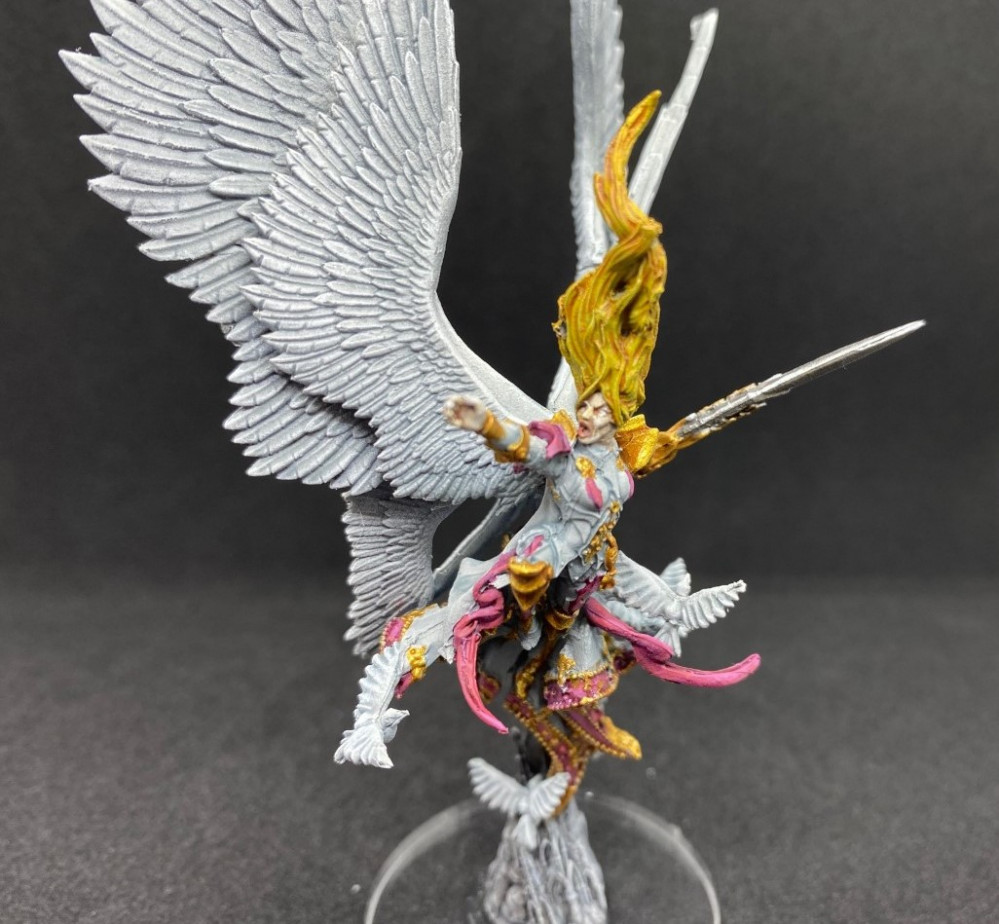
Resolution 2020: Clearing the pile of shame
Nyx
This entry isn’t actually a model from my pile of shame, but it doesn’t make sense to create a whole new project just for this one model so I’m throwing it in here.
My gaming club’s latest painting competition has the limitation of only grey scale allowed. I suggested we allow a single colour for source lighting or to go for a Sin City style, and that was accepted.
The model is a 3D print from my Sparkmaker SLA printer. The STL file came from a Kickstarter by Bella Nacht Miniatures, and you can find the files for sale here: https://gumroad.com/bellanacht.
There are a few lines visible on the print. I had just changed to a new resin when I printed the model and didn’t realise the exposure time needed increasing a little bit.
The model was undercoated mechanicus standard grey then zenithed with corax white.
The feathers, skin, and smoke were all painted using layers of 50:50 celestra grey:lahmian medium, 50:50 ulthuan grey:lahmian medium, and 50:50 white scar:lahmian medium. Without the option to use colours to distinguish the different parts of the model I had to attempt different textures instead. For the feathers I wet blended darker grey at the base of the feathers, through mid-tone grey in the middle and white at the tips. For the skin I tried smooth highlights and for the smoke I went with starker highlights.
To help add definition to the model, particularly with the feathers, the entire model got a wash of 50:50 nuln oil:lahmian medium.
The leather straps and blindfold were picked out with a 50:50 abaddon black:lahmian medium.
To make the star and mood really pop as light sources they each had about five coats of the white scar mix used earlier. They were then glazed with 50:50 lamenters yellow:lahmian medium. This yellow glaze was applied to the star and moon, plus all the areas I imagined light from them would fall. I then applied successive glazes (about five in total) with each one covering the star, moon, and a little less of the illuminated area. This was to provide a yellow gradient brightest at the centre of the location where the light hit, and faintest at the edges.































![TerrainFest 2024 Begins! Build Terrain With OnTableTop & Win A £300 Prize! [Extended!]](https://images.beastsofwar.com/2024/10/TerrainFEST-2024-Social-Media-Post-Square-225-127.jpg)









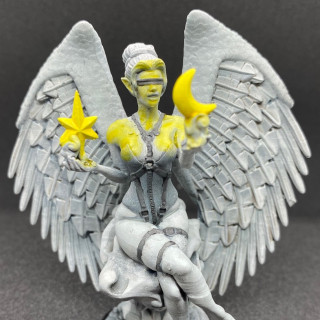

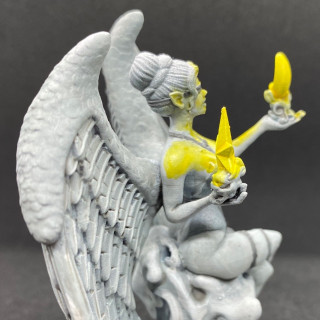
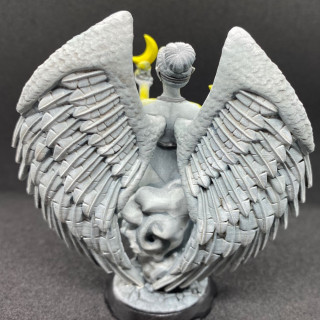
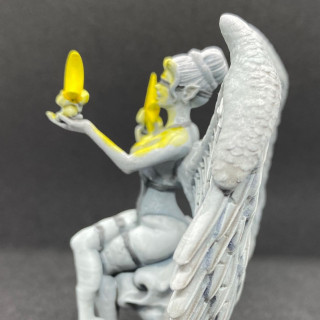
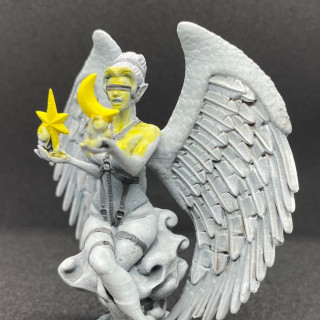

































Leave a Reply